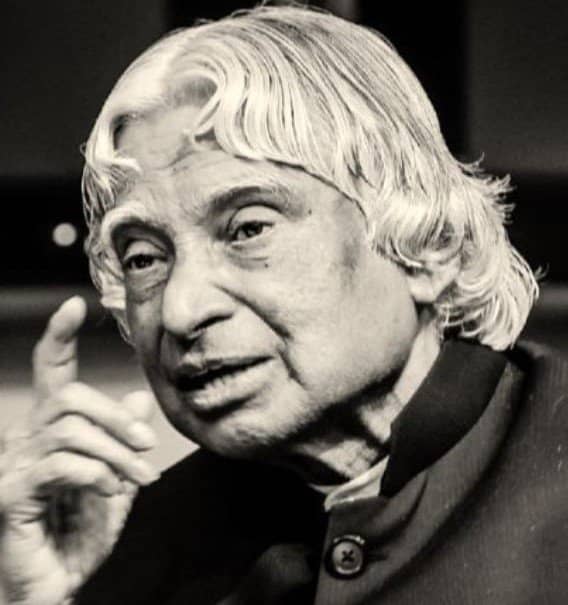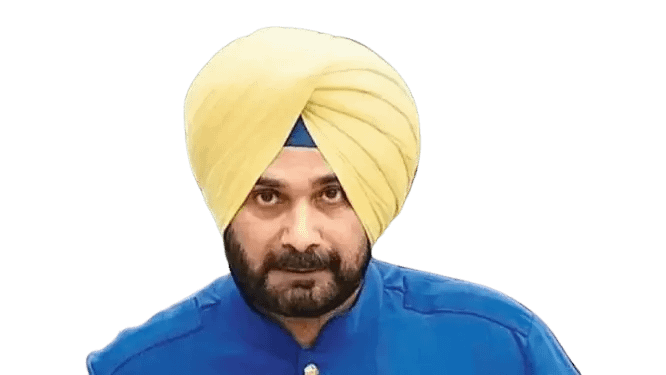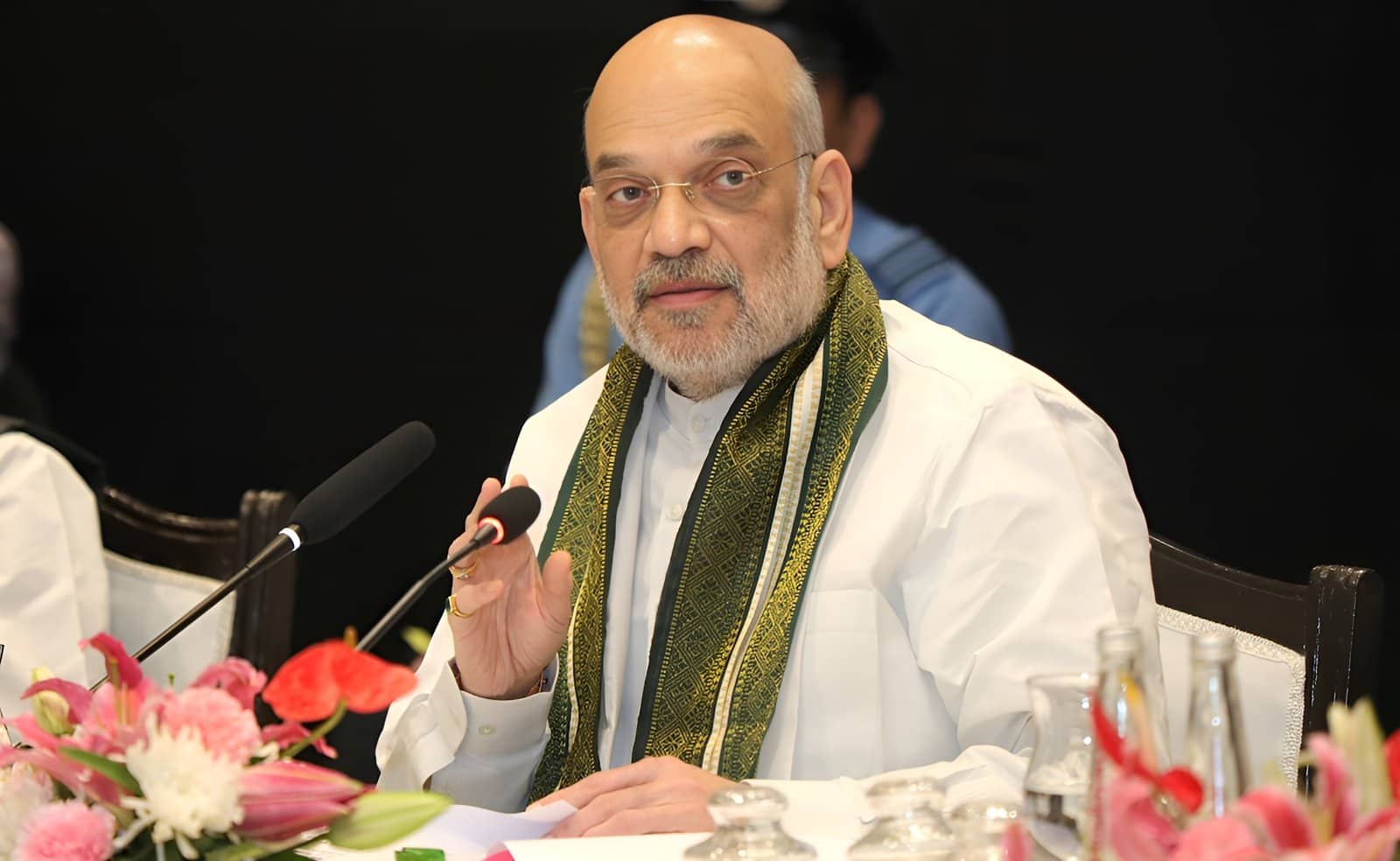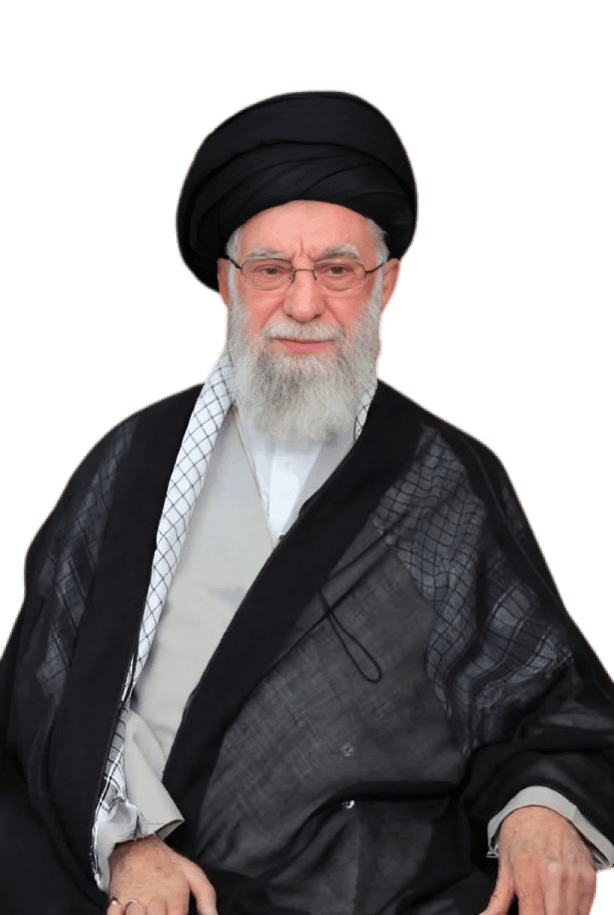Dr. APJ Abdul Kalam Biography
- Dr. A. P. J. Abdul Kalam Introduction: The Flame of a Visionary Life
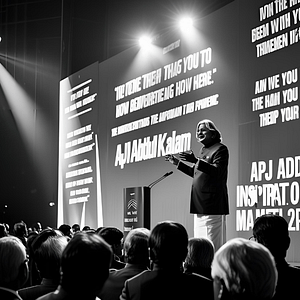
Dr. A. P. J. Abdul Kalam was a man of science, vision, and simplicity. He rose from humble beginnings to become India’s most beloved President, an accomplished aerospace scientist, and a tireless advocate for youth and education. Known as the “Missile Man of India,” Kalam left behind an indelible legacy that continues to inspire generations.
- Dr. A. P. J. Abdul Kalam Early Life and Family Background
Abdul Kalam was born on October 15, 1931, in the coastal town of Rameswaram, Tamil Nadu. His full name was Avul Pakir Jainulabdeen Abdul Kalam. He came from a Muslim family with deep spiritual values. His father, Jainulabdeen, was a boat owner and imam of a local mosque, and his mother, Ashiamma, was a kind-hearted homemaker.
Despite economic hardship, Kalam’s early life was rich in culture and learning. He grew up in a multi-faith society and learned the values of tolerance, spirituality, and hard work. These early influences shaped his thinking and character for life.
From a young age, Kalam was industrious. To support his family financially, he sold newspapers. Yet, he remained a brilliant student, especially in mathematics and physics, often reading books beyond his school curriculum.
-
Dr. A. P. J. Abdul Kalam Education: The Spark of a Scientific Mind
After schooling in Rameswaram and Ramanathapuram, Kalam joined Saint Joseph’s College, Tiruchirappalli, and graduated in physics in 1954. However, his love for machines and flight led him to pursue aeronautical engineering at the Madras Institute of Technology (MIT).
At MIT, Kalam’s talents truly blossomed. He worked on designing an aircraft prototype as part of his final year project, which impressed his professors. His determination, discipline, and imagination earned him a reputation as an exceptional student. A defining moment came when he resolved to dedicate his life to aerospace and serve the nation.
-
Dr. A. P. J. Abdul Kalam Early Career at DRDO: Modest Beginnings
In 1958, after graduating from MIT, Kalam joined the Defense Research and Development Organisation (DRDO) as a scientist. There, he worked on projects related to hovercraft and defense technology. However, Kalam felt that his role at DRDO was not challenging enough and sought more meaningful assignments.
His turning point came in 1969 when he was transferred to the Indian Space Research Organisation (ISRO). This was the start of a glorious chapter in Indian space history.
- SLV-III and Space Missions: Kalam’s Meteoric Rise
At ISRO, Kalam was appointed the Project Director of SLV-III (Satellite Launch Vehicle-III), which aimed to put India’s first satellite into orbit. The project was ambitious and fraught with failures initially. However, Kalam’s leadership, resilience, and optimism kept the team united.
On July 18, 1980, the Rohini satellite was successfully launched into orbit from Sriharikota, making India the sixth country with satellite launch capability. This historic achievement catapulted Kalam into the national spotlight and showcased India’s growing scientific self-reliance.
-
The Missile Man of India
After the SLV success, Kalam returned to the DRDO and was appointed to lead the Integrated Guided Missile Development Programme (IGMDP) in the 1980s. Under his guidance, India developed a series of indigenous strategic missiles:
- Agni (nuclear-capable ballistic missile)
- Prithvi (tactical surface-to-surface missile)
- Trishul (short-range surface-to-air missile)
- Nag (anti-tank missile)
- Akash (medium-range surface-to-air missile)
These achievements established Kalam as the “Missile Man of India” and made India one of the few nations with indigenous missile capabilities. His work also contributed to India’s strategic and defense independence.
- Pokhran-II: India’s Nuclear Triumph
In 1998, as the Chief Scientific Adviser to the Prime Minister and the Director of DRDO, Kalam played a central role in the Pokhran-II nuclear tests. These tests, conducted under utmost secrecy, made India a nuclear state and demonstrated its deterrence capability to the world.
The tests drew both international criticism and national celebration. Kalam, along with Dr. R. Chidambaram, was lauded for meticulous planning and flawless execution. It was a historic moment in India’s modern history, and Kalam became a symbol of national pride and strength.
- Awards and Recognition
For his contributions to science, technology, and national security, Dr. Kalam received numerous honors:
- Padma Bhushan (1981)
- Padma Vibhushan (1990)
- Bharat Ratna (1997), India’s highest civilian award
He also received honorary doctorates from over 40 universities worldwide and was recognized by international bodies such as the Royal Society, IEEE, and NASA.
- Visionary Author and Thinker
Kalam was not just a scientist; he was a philosopher, thinker, and prolific writer. His writings combined scientific insights with spiritual wisdom. Some of his most influential books include:
- Wings of Fire – An autobiography tracing his journey from Rameswaram to Rashtrapati Bhavan.
- Ignited Minds – A call to Indian youth to dream big and work for the nation.
- India 2020 – A vision to make India a developed nation.
- My Journey – A collection of personal anecdotes and reflections.
- Transcendence – A deep spiritual conversation with Pramukh Swami Maharaj.
These books have been translated into several languages and continue to motivate readers around the world.
- The People’s President (2002–2007)
In 2002, Dr. Kalam was elected the 11th President of India. His candidacy was supported across political lines, reflecting his universal appeal. During his term, he earned the title “People’s President” for his humility, accessibility, and connection with citizens.
Highlights of his presidency include:
- Promoting e-governance and rural development
- Advocating for education reforms
- Initiating programs for nuclear energy, renewable energy, and defense modernization
- Visiting thousands of schools and colleges to interact with students
- Refusing to sign the controversial Office of Profit Bill, emphasizing constitutional values
Kalam used his office to empower youth, promote science and spirituality, and remind the nation of its potential.
- Post-Presidency: The Teacher Returns
After leaving the presidency in 2007, Dr. Kalam returned to what he loved the most — teaching and mentoring. He became a visiting professor at several institutes including:
- IIM Shillong, Ahmedabad, and Indore
- Anna University
- Indian Institute of Space Science and Technology (IIST)
- Banaras Hindu University
- JSS University, Mysore
He also launched the “What Can I Give” movement, aimed at combating corruption through collective youth action.
Kalam believed that education was the most powerful tool to change the world. He encouraged young people to dream, innovate, and serve.
-
Personal Traits and Values
Despite his towering achievements, Kalam remained remarkably humble. He lived a simple, disciplined life — vegetarian, spiritual, and unmarried. He avoided wealth and luxury, owned few personal belongings, and donated most of his earnings to educational causes.
He found inspiration in Bhagavad Gita, Quran, and Thirukkural, and believed in the unity of all religions. He often quoted scriptures and emphasized that science and spirituality must go hand in hand.
He also believed in action-oriented leadership. Some of his famous quotes include:
- “You have to dream before your dreams can come true.”
- “If you want to shine like a sun, first burn like a sun.”
- “Thinking should become your capital asset, no matter whatever ups and downs you come across in your life.”
- Last Days and Sudden Demise
On July 27, 2015, while delivering a lecture on “Creating a Livable Planet Earth” at IIM Shillong, Dr. Kalam collapsed and suffered a massive cardiac arrest. He passed away at the age of 83.
Even in his final moments, he was doing what he loved — teaching and inspiring. His death triggered an outpouring of grief across the globe. The Indian government declared seven days of mourning. He was buried with full state honors at Pei Karumbu Ground in Rameswaram, his birthplace.
-
Memorials and Honors After Death
Dr. Kalam’s contributions are immortalized in countless ways:
- Dr. A. P. J. Abdul Kalam National Memorial in Rameswaram
- Renaming of educational institutions and roads in his honor
- Kalam Island, a missile testing site in Odisha, named after him
- World Students’ Day observed on his birthday, October 15
- The UN declared 2015 as the Year of Dr. Kalam
His legacy continues to grow through institutions, scholarships, awards, and youth initiatives bearing his name.
- Legacy: A Role Model for the Future
Dr. A. P. J. Abdul Kalam’s life is a blueprint for modern India’s dreams and aspirations. His journey from a small-town boy to a revered statesman is a testament to the power of education, ethics, and determination.
He is remembered not just as a scientist or President, but as:
- A national icon of innovation and integrity
- A guru of dreams who lit the minds of millions
- A champion of youth empowerment and scientific thought
- A symbol of unity, transcending religion, caste, and region
His message was always clear: “Dream big, work hard, and serve humanity.”
-
Conclusion: The Eternal Flame of Kalam
Dr. A. P. J. Abdul Kalam may have left the physical world, but his ideals continue to guide India. He showed that one does not need political lineage or wealth to rise; all that is required is knowledge, humility, and a vision.
Through science, service, and soulfulness, he carved his name into the heart of a nation. As India marches forward in technology and development, Kalam’s dream of a “Developed India by 2020” still resonates in classrooms, labs, and policy corridors.
In the truest sense, Dr. Kalam lives on — as the conscience of a nation, the hope of the youth, and the embodiment of a dream that refuses to die.
